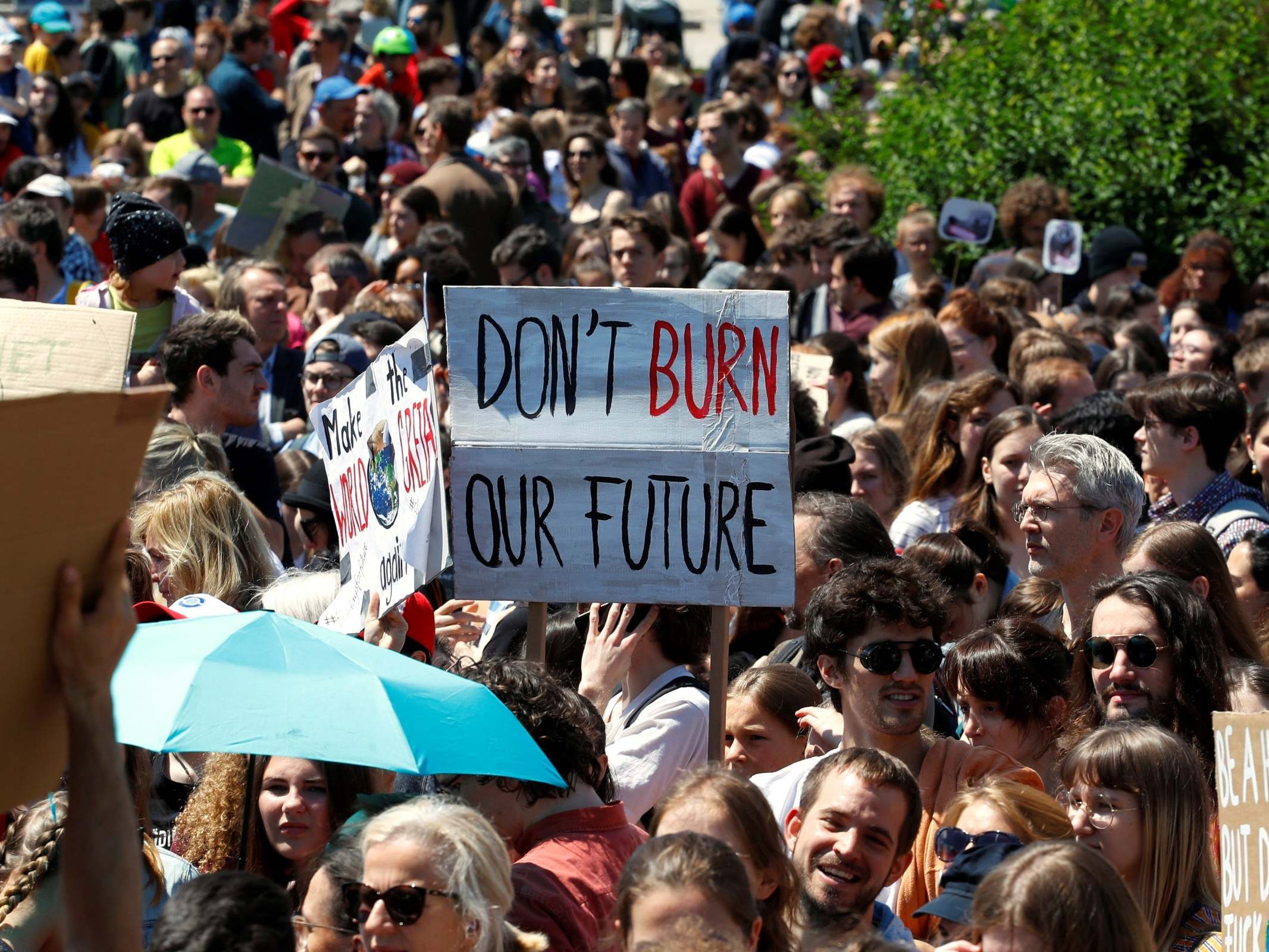How will the UK implement its 2050 carbon pledge?
Creating carbon capture technologies that can be used globally will be one of the greatest challenges

Your support helps us to tell the story
From reproductive rights to climate change to Big Tech, The Independent is on the ground when the story is developing. Whether it's investigating the financials of Elon Musk's pro-Trump PAC or producing our latest documentary, 'The A Word', which shines a light on the American women fighting for reproductive rights, we know how important it is to parse out the facts from the messaging.
At such a critical moment in US history, we need reporters on the ground. Your donation allows us to keep sending journalists to speak to both sides of the story.
The Independent is trusted by Americans across the entire political spectrum. And unlike many other quality news outlets, we choose not to lock Americans out of our reporting and analysis with paywalls. We believe quality journalism should be available to everyone, paid for by those who can afford it.
Your support makes all the difference.The UK is set to become the first major economy to commit to reaching “net zero” emissions by 2050. The announcement has widely been welcomed as a significant – and achievable – milestone.
However, the climate requires results, not noble gestures, and the hard work of actually reducing emissions is only just getting started.
Close to home, our daily lives are set to be transformed – how we power our homes, travel, feed ourselves and farm our land.
Some significant changes are happening already – new coal-free records are being set every week and diesel and petrol cars are set to be phased out by 2040. Established zero-emissions technology like wind and solar power are all rapidly growing.
Significant challenges still remain, such as how to decarbonise building emissions, which could be expensive and disruptive to millions of households. The UK has already reduced emissions by around 44 per cent since 1990 and the net zero 2050 pledge is likely to lead to more investment and innovation in renewable energies.
However, some sectors are harder to decarbonise, such as shipping and aviation. This means in order to reach net zero by 2050 we will need to not only drastically reduce emissions but take CO2 out of the atmosphere too.
This can be done in two ways: the first is natural gas removal which basically means planting trees and restoring natural carbon sinks such as peatlands.
According to the Committee on Climate Change (CCC), the countryside should look much more old-fashioned, with mixed farming practices replacing the vast monoculture landscapes of today. Farmers should be financially incentivised to make these changes through government subsidies.
The bigger task is creating technology that sucks CO2 out of the atmosphere. This is much more problematic as it currently does not exist.
In 2015, the government cancelled its £1bn competition to build a large-scale model of carbon capture and storage (CCS) technology, breaking a Conservative election pledge. Last month, a new centre was built in Cambridge with the aim of working out how we remove CO2 from the atmosphere.
Sir David King, who is coordinating the Centre for Climate Repair project, said at the time: “What we continue to do, what we do that is new, and what we plan to do over the next 10 to 12 years will determine the future of humanity for the next 10,000 [years].”
If proven to work, CCS technology could quickly be adopted by other countries and many scientists are urging the government to invest as quickly as possible.
David Reay, professor of carbon management and education at the University of Edinburgh, says the first CCS schemes should be up and running by the mid 2020s.
He says: “CCS will be absolutely vital [to reaching net zero], not just for the UK’s net zero target, but also for the global fall to zero carbon dioxide emissions that is needed by the middle of the century.
“Fossil fuels will still be burnt around the world for years to come, so the faster we can roll out CCS at scale in the UK, the faster it can then be adopted by other nations and we can finally get emissions heading down instead of up.”
Professor Jon Gibbins, director of the UK Carbon Capture and Storage Research Centre says spending money on types of CCS is likely to give “an infinitely greater return in terms of influencing global outcomes” than other types of expenditure on CO2 emission activities.
He says the UK is only going to get to net zero if the rest of the world agrees to make ambitious promises. This is why new CCS technologies such as direct air capture (DAC) should be invested in quickly.
Unless technology is created that other countries – especially developing nations – can use, the UK target could look quite “parochial”.
“There seems to be an almost total neglect of this key aspect of the problem. It could be complacency that most people assume we can rely on the rest of the world going ahead as required. More likely it is an ‘elephant in the room’ problem,” says Professor Gibbins.
If we’re going to save the planet from the worst effects of climate change, we need the whole world to be reaching net zero.
The zero emissions legislation is commendable but setting this target is the easy part. Creating new technologies that can be deployed all over the world in the next three decades will be one of the greatest challenges.
Join our commenting forum
Join thought-provoking conversations, follow other Independent readers and see their replies
Comments